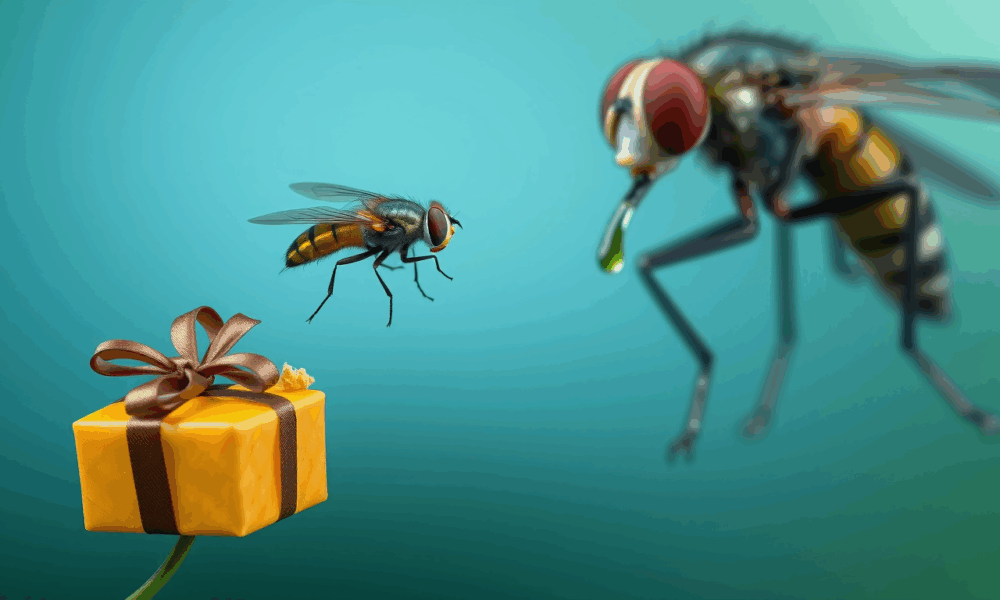


By flipping a single genetic switch, researchers made one fruit fly species adopt the gift-giving courtship of another, showing how tiny brain rewiring can drive evolutionary...



Scientists have engineered a groundbreaking cancer treatment that uses bacteria to smuggle viruses directly into tumors, bypassing the immune system and delivering a powerful one-two punch...
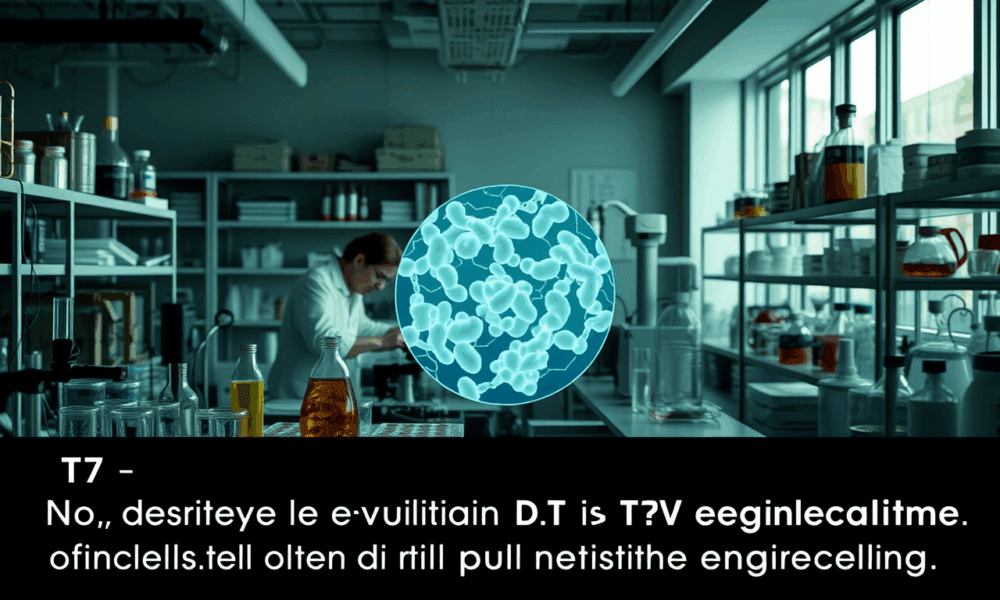
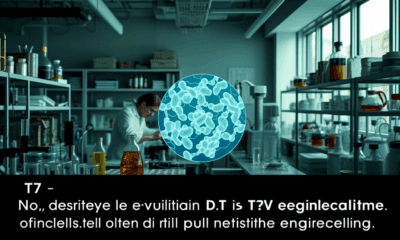

Researchers at Scripps have created T7-ORACLE, a powerful new tool that speeds up evolution, allowing scientists to design and improve proteins thousands of times faster than...
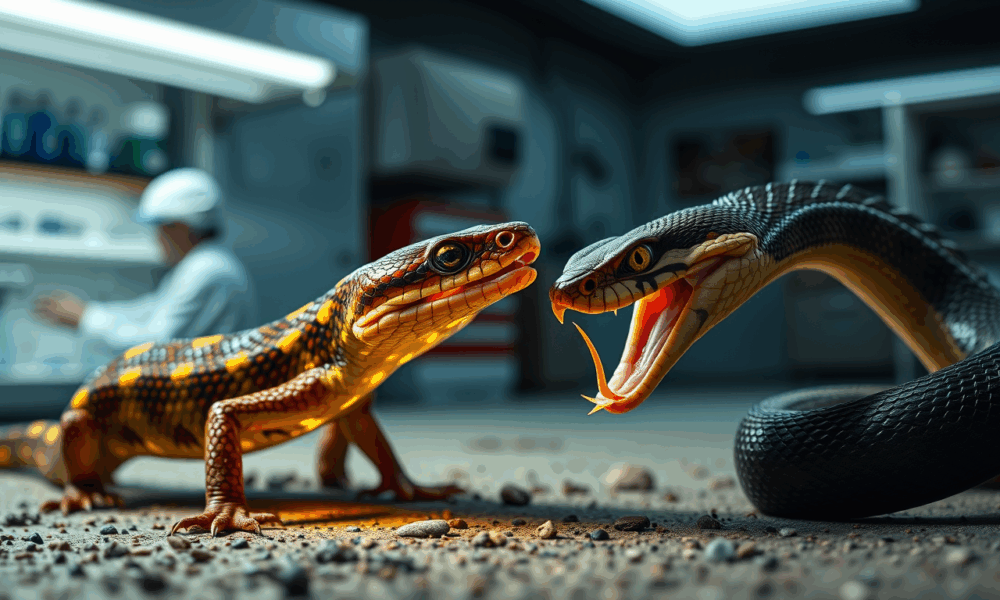
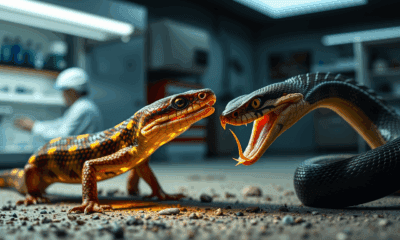

Australian skinks have developed a remarkable genetic defense against venomous snake bites by mutating a key muscle receptor, making them resistant to neurotoxins. These tiny but...
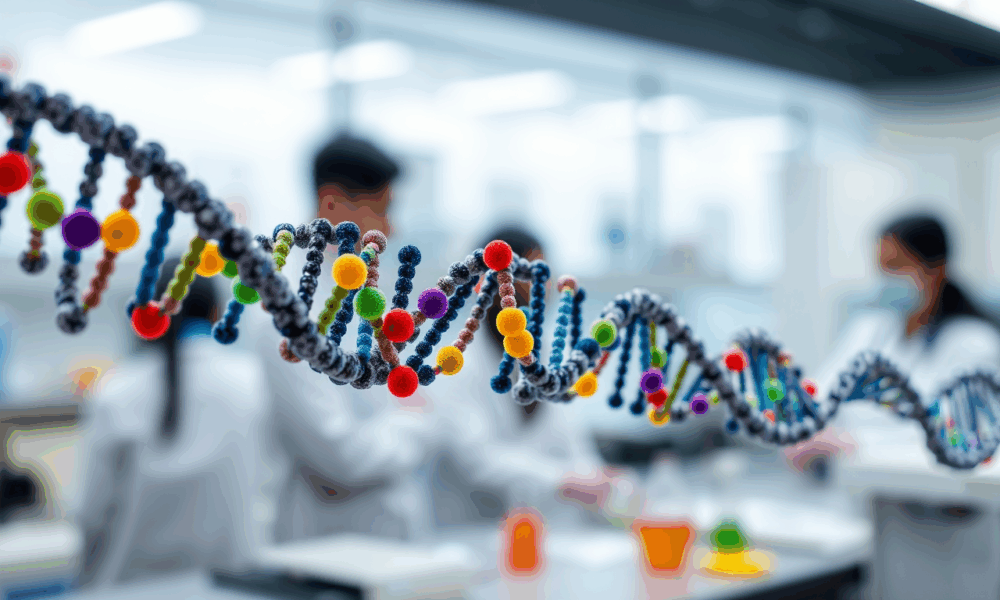
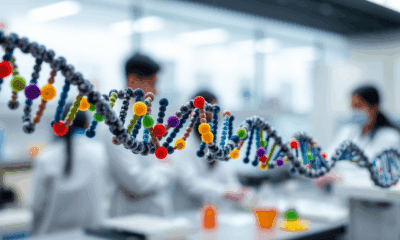

A group of Chinese scientists has created powerful new tools that allow them to edit large chunks of DNA with incredible accuracy—and without leaving any trace....
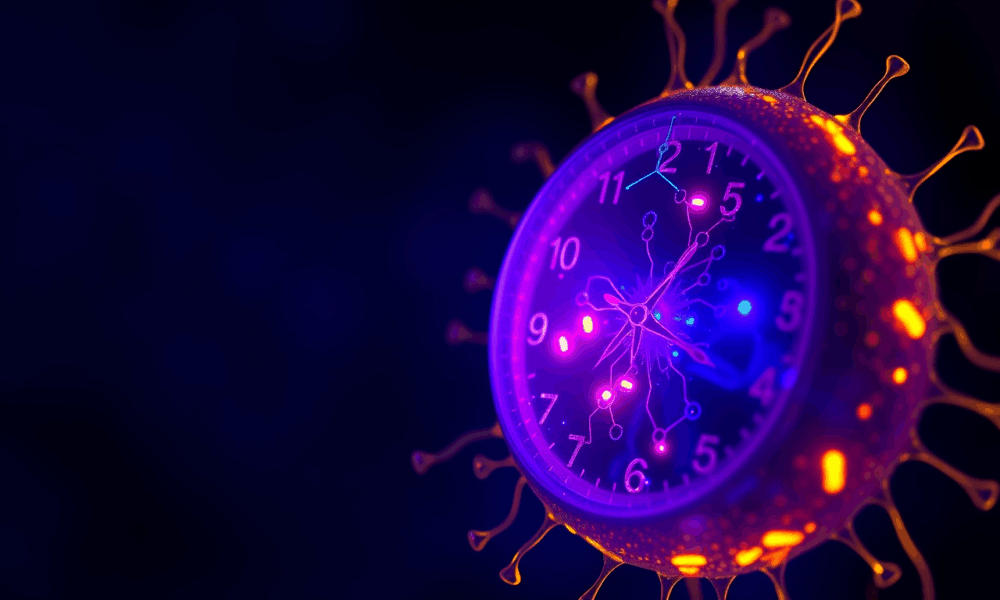
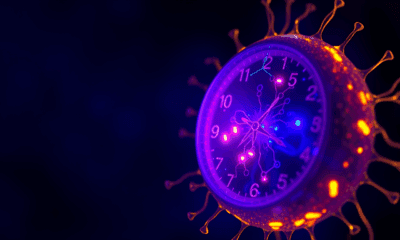

Scientists at UC Merced have engineered artificial cells that can keep perfect time—mimicking the 24-hour biological clocks found in living organisms. By reconstructing circadian machinery inside...



Gene editing may hold the key to rescuing endangered species—not just by preserving them, but by restoring their lost genetic diversity using DNA from museum specimens...
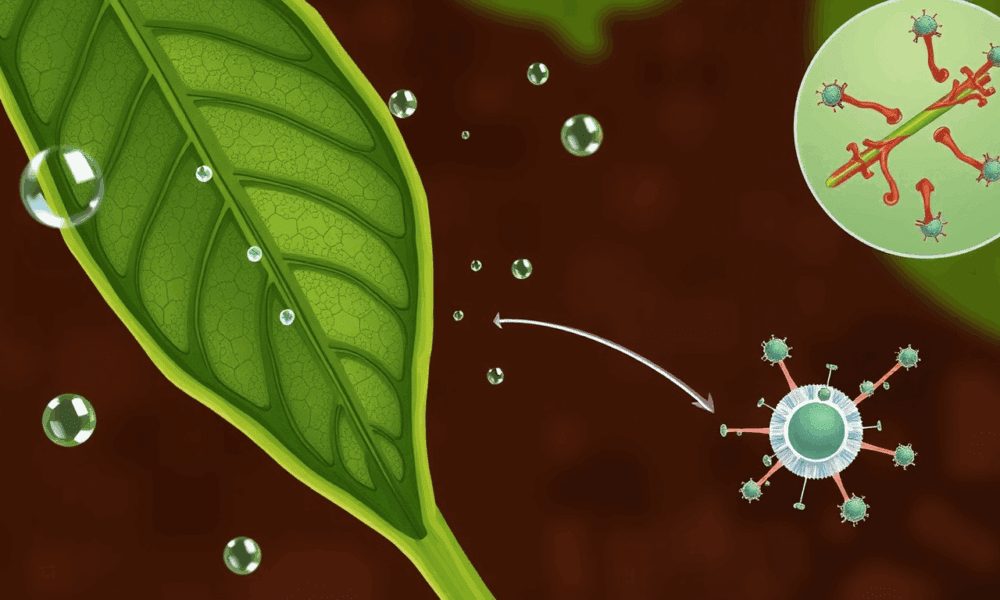
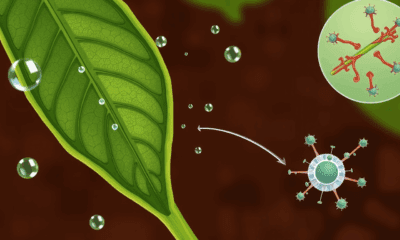

Scientists have discovered that a protein once thought to be just a cellular "courier" actually helps plants survive drought. This motor protein, myosin XI, plays a...



Blue sharks possess a secret hidden in their skin: a sophisticated arrangement of microscopic crystals and pigments that create their brilliant blue appearance — and may...
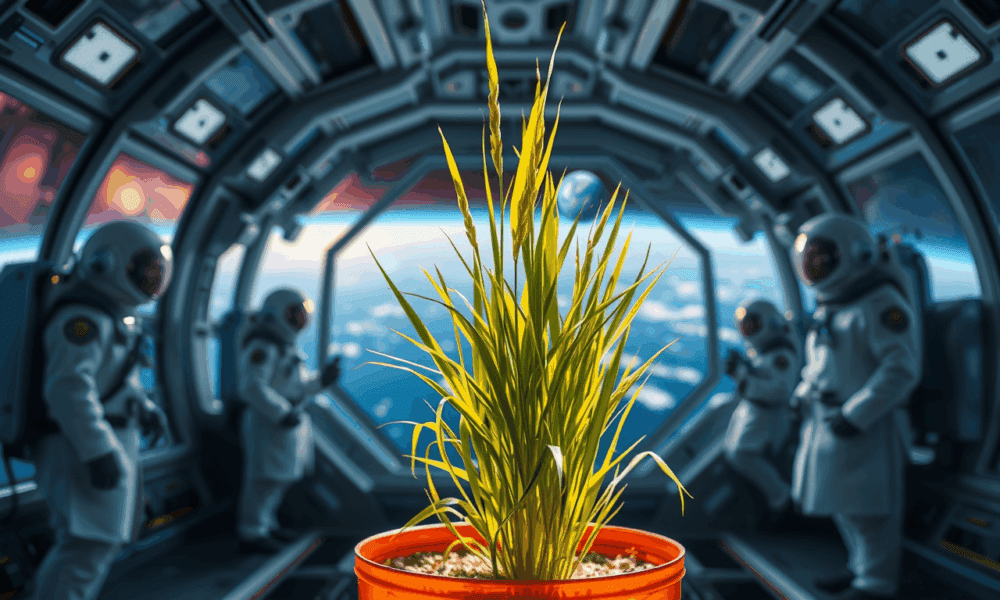
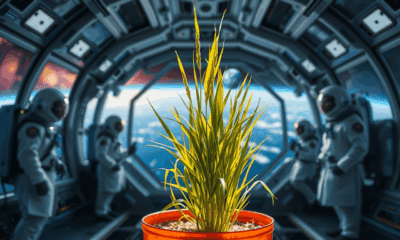

In a bold step toward sustainable space travel, scientists are engineering a radically small, protein-rich rice that can grow in space. The Moon-Rice project, led by...